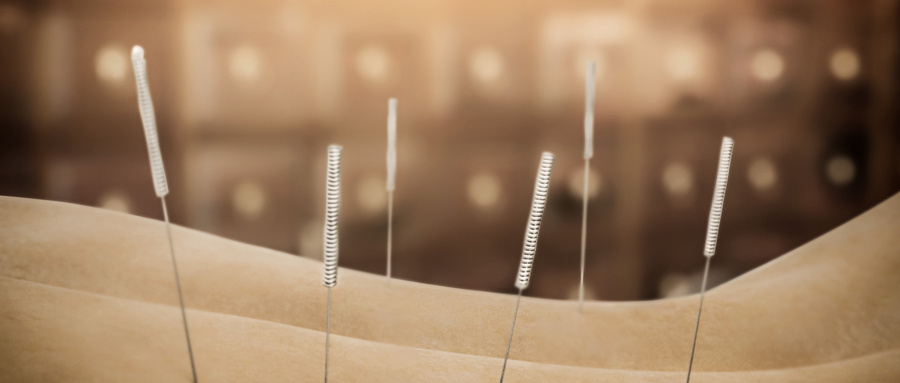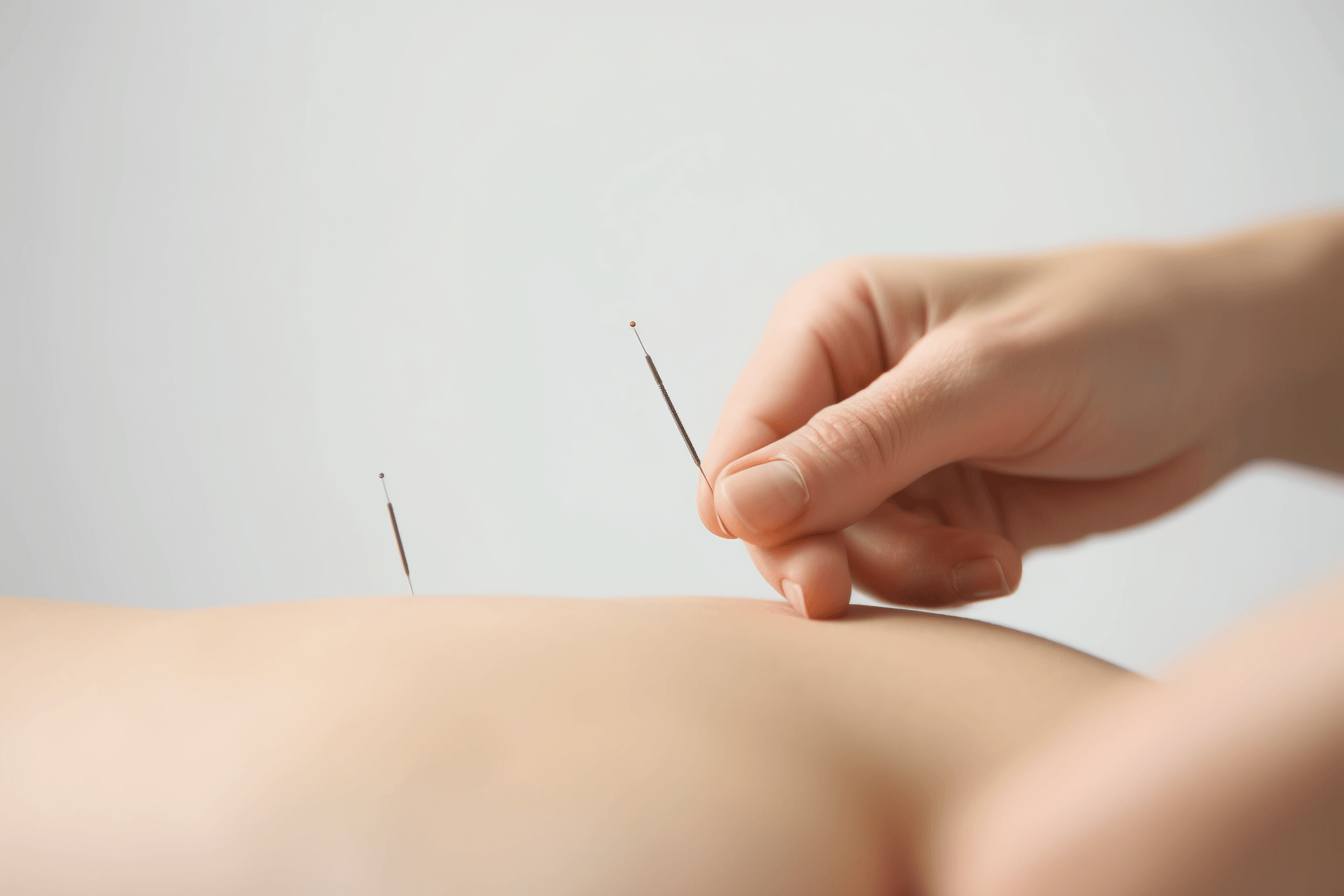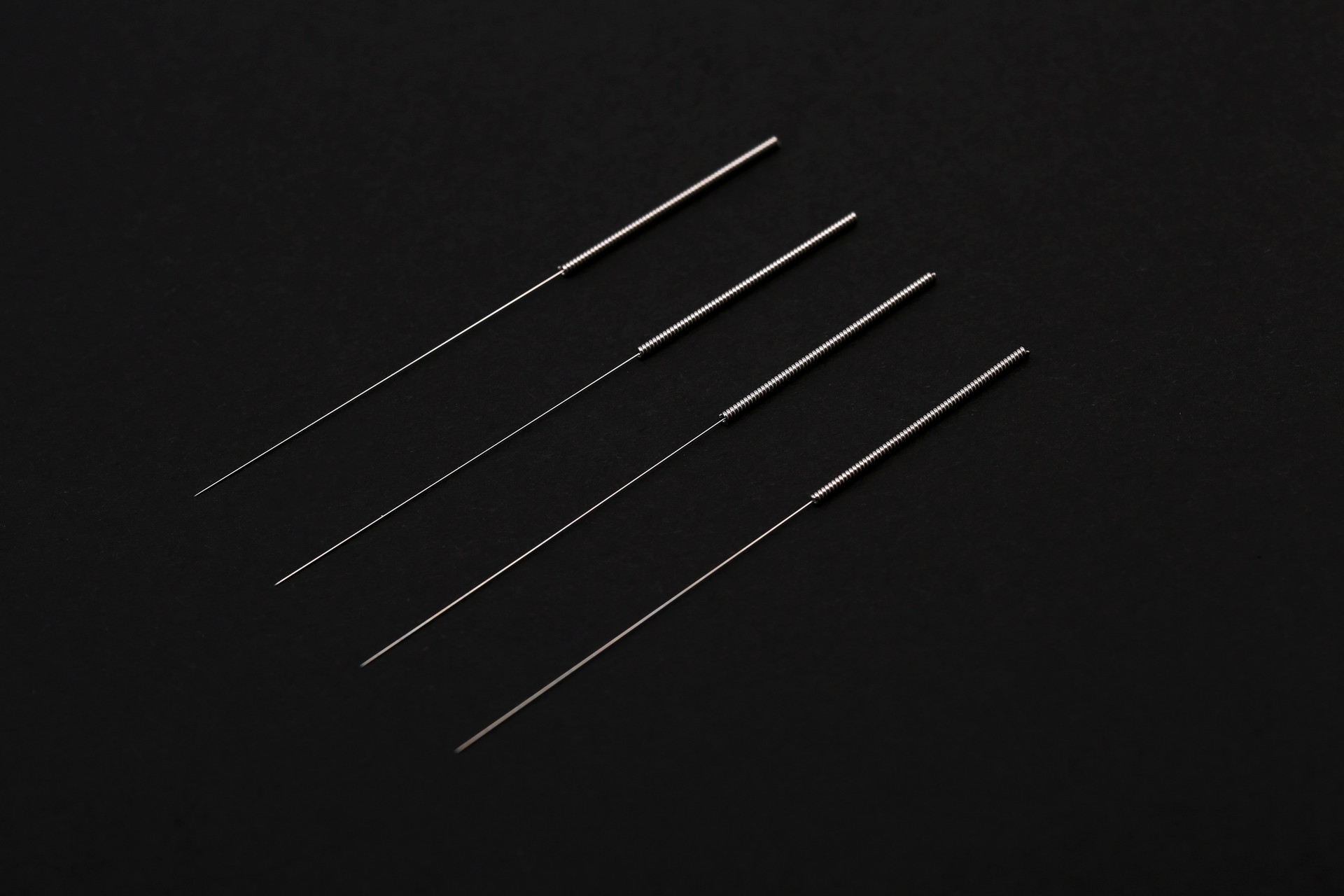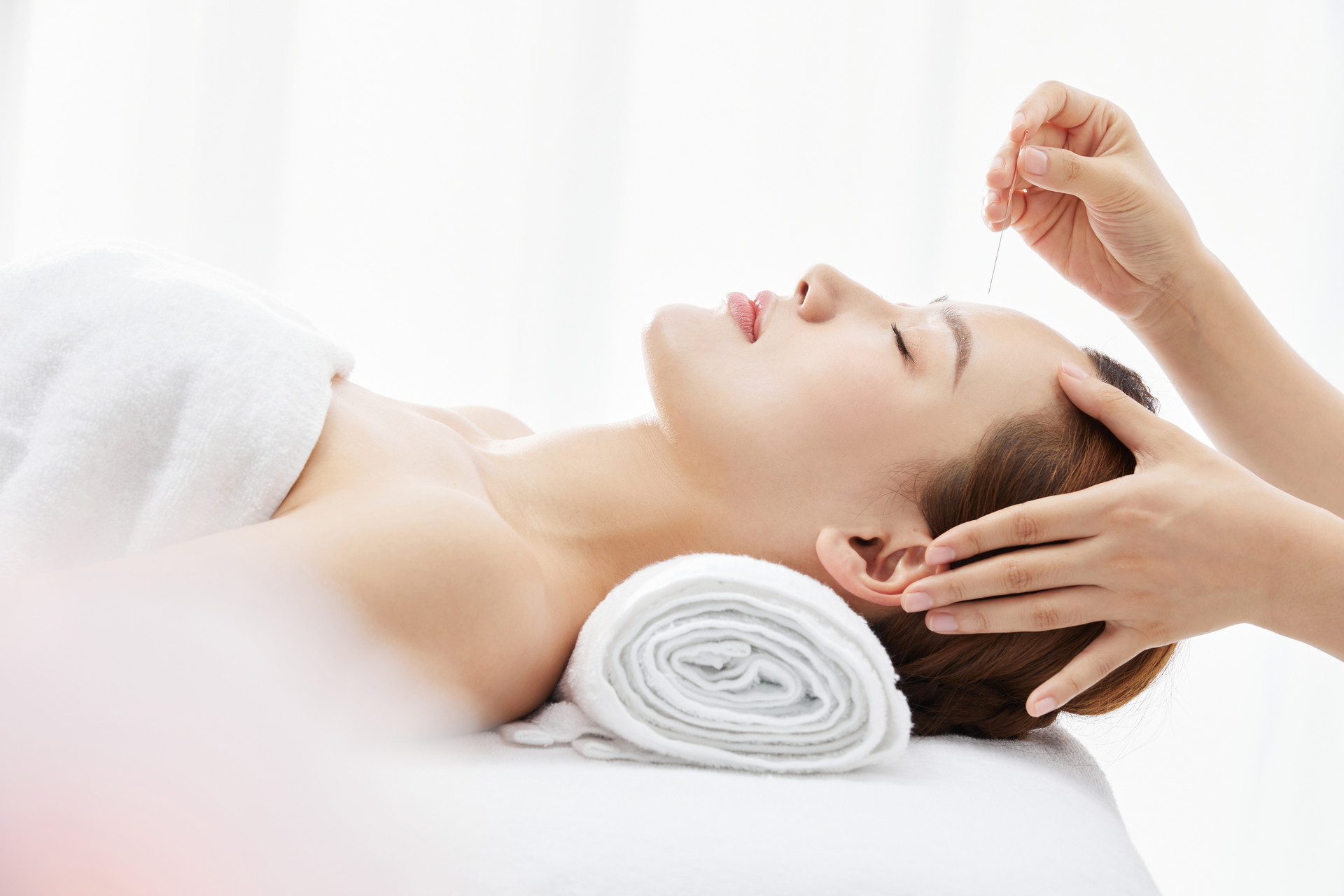The filiform needle method is the most commonly used acupuncture therapy. To prevent acupuncture accidents, attention must be paid to the following aspects:
1. Selecting the right needle
(1) Determine the specifications: including the thickness and length of the needle. The length of filiform needles is divided into 6 types: 13mm (0.5 inches), 25mm (1 inch), 40mm (1.5 inches), 50mm (2 inches), 75mm (3 inches), and 100mm (4 inches). The thickness is divided into 7 types: 0.45mm (26 gauge), 0.40mm (28 gauge), 0.35mm (29 gauge), 0.30mm (30 gauge), 0.25mm (32 gauge), 0.22mm (34 gauge), and 0.20mm (36 gauge). It is necessary to choose the appropriate needle based on the patient's condition, constitution, and selected acupoints. For first-time patients, children, weak constitution, and needle-phobic individuals, thin and short needles should be selected. Short needles should be used for acupoints on the chest and back, while thin needles (generally 30-32 gauge) should be used for acupoints on the eyes. At the same time, the needle should be selected according to the safe depth of the acupoint to prevent accidentally exceeding the safe depth when searching for the needle sensation.
(2) Check the quality: Before acupuncture, the quality of the filiform needle should be carefully inspected, including the needle tip, needle body, needle root, and needle handle.
1. Needle tip: It should be round and not blunt, not too sharp, and preferably similar to a pine needle. Before use, check whether the needle tip has curls or hooks. The method is to wrap the needle body with a disinfection cotton ball, rotate and withdraw the needle. If there is a sense of resistance or the needle tip is covered with cotton fibers after withdrawal, it indicates that the needle tip has hooks, and it should be discarded.
2. Needle body: It should be straight, smooth, lubricated, and elastic. Before use, pay attention to whether the needle body is bent, folded, rusted, or peeled. Generally, if the bending is not obvious, it can be repaired and used after straightening. If there are other conditions, it should be discarded.
3. Needle root: It refers to the connection between the needle body and the needle handle. Clinical practice has found that needle breakage accidents often occur at the needle root, so it is very important to carefully check whether the needle root is loose or shows erosion. If there is such a situation, it should be discarded.
4. Needle handle: It refers to the part where the metal wire is wrapped. Loose needle handles can also cause acupuncture accidents, especially during moxibustion, which can easily cause the loss of moxa and burns. The needle handle can be held with the right hand, while the left thumb and index finger tightly pinch the needle body and pull and shake it to check whether the needle handle is loose.
2. Emphasize disinfection
Here, disinfection mainly refers to needle disinfection.
Although ancient doctors lacked the concept of disinfection, they recognized the need to handle the needles in order to remove "toxic gas" and reduce the occurrence of infections during long-term clinical practice. The book "The Great Compendium of Acupuncture and Moxibustion" provides a detailed description: "First, heat the iron wire in the fire...then apply toad ointment to the needle, heat it in the fire until it is not red, take it out, and apply ointment three times. After the third time, insert it into the waxed meat, inside the skin but outside the flesh. Boil the posterior medicine (including 14 ingredients such as musk) in three bowls of water, then inject it into the meat with the needle, boil until the water is dry, pour it into water and wait for it to cool, then remove the needle. Insert the needle into yellow mud more than 100 times. The color will be bright and good, to remove the fire poison."
In modern times, needle disinfection has gradually received attention and development with the introduction of Western medicine. As early as the 1930s and 1940s, a few acupuncturists began to use alcohol for disinfection. In the 1950s, a relatively complete method of needle disinfection was gradually proposed: before acupuncture, the physician washes their hands with a brush and soap, boils the needle or disinfects it by soaking it in 75% concentration alcohol, and wipes the acupuncture site with an alcohol cotton ball. In case of bleeding during acupuncture, a disinfecting cotton ball is used for compression. Currently, the methods of needle disinfection have been popularized in clinical practice. In order to find an effective and simple disinfection measure, some institutions have conducted clinical research on the use of 75% alcohol disinfection and 2% Hibitane solution disinfection, and the results have shown that wiping with an alcohol cotton ball is a convenient method with good bactericidal effect, while Hibitane solution is not ideal.
Needle disinfection should include the disinfection of the needle, the acupoint to be needled, and the physician's fingers. Needles that have not been properly disinfected or improper skin preparation before needling can introduce infections, including hepatitis B. Among them, the needle is the most critical, as it carries a large number of bacteria and viruses, and if not properly disinfected, it can be implanted into the body.
In order to prevent infections, the following points should be noted in needle disinfection.
(1) Needle disinfection: The needle should be disinfected immediately after use, and needles that are not used temporarily should also be regularly disinfected under high pressure. In summer, this should be done every 3 days, and in winter, every week.
| 1 2 3 > >> >>|










